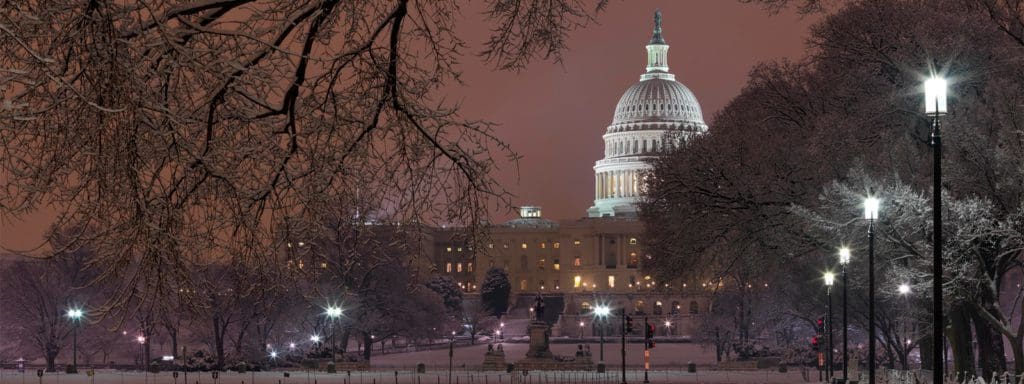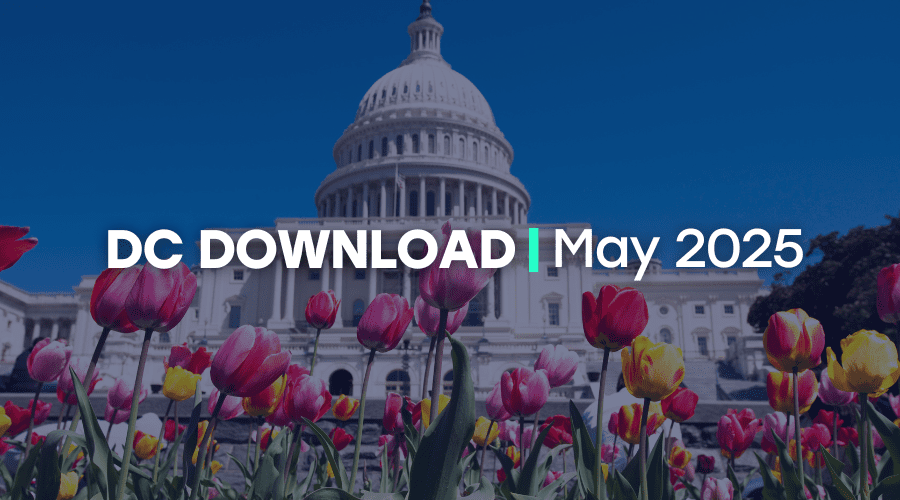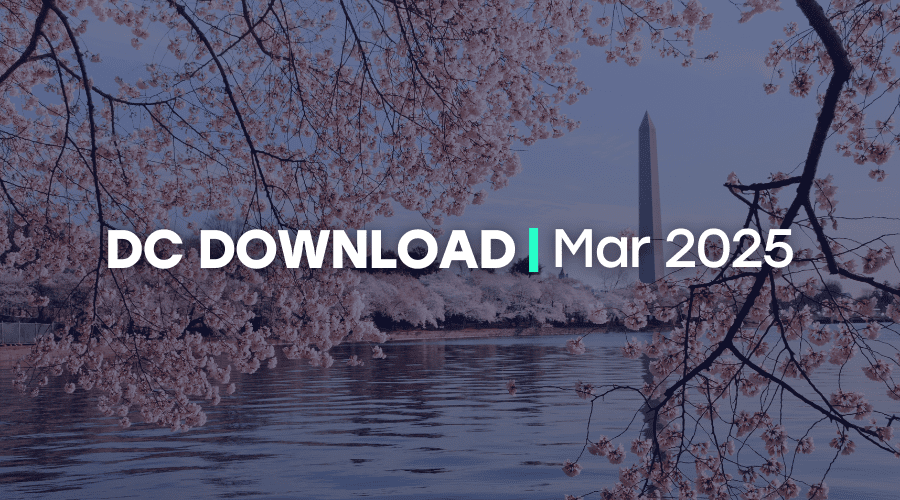Legislators may soon be deciding how many total federal dollars there are to go around next year, and three nerdy little letters could determine the fate of key programs. Members of Congress need to hear from nonprofit organizations nationwide about the importance of nondefense discretionary (NDD) funding, and NDD United is leading the way. Independent Sector is proud to serve on its steering committee and we hope you will learn more and sign up for updates.
For those interested in the gory details, the origin of this advocacy campaign can be traced back to at least 2011, when a deficit-fixated Congress created strict limits on funding allocated through the annual appropriations process. This funding is often referred to as “discretionary” funding because it must be specifically doled out every year, rather than operating based on eligibility criteria like Medicare or Social Security. The 2011 law created separate caps for defense spending and nondefense spending, and the current form of NDD was born. In addition to these strict limits, Congress also mandated even steeper cuts (known as “sequestration”) that would go into effect unless ambitious deficit-reduction legislation was enacted. Their authors touted the arbitrary havoc that these cuts would wreak as proof that no future Congress would be so derelict as to let them take effect. You can probably guess where this is heading.
On March 1, 2013, automatic, across-the-board cuts went into effect on nearly all discretionary programs. While those arbitrary reductions may have gotten the most attention, sequestration also dramatically reduced the overall caps for defense and nondefense spending in the years to follow. Each segment of the nonprofit community might have a lot of experience making the case for federal programs that are relevant to its mission. But nobody is going to get an adequate slice if the pie keeps shrinking. Eventually, NDD and defense advocates rallied together and convinced legislators that these draconian spending caps were unworkable and unwise. Two-year budget deals partially raised the caps for FY 2014-2015, FY 2016-2017, and again for FY 2018-2019.
Amidst all the hour-by-hour drama in government shutdown negotiations, it is easy to forget that discussions about the FY 2020 budget process are no doubt beginning behind the scenes. With the most recent budget deal set to expire, NDD spending faces an alarming $55 billion cut next year—an inflation-adjusted decrease of 12 percent. Even if your organization doesn’t receive direct federal funding, it has a lot at stake in this debate. An average cut of this magnitude could devastate many of the nonprofit sector’s priorities, such as programs that invest in education, health, conservation, arts and culture, or workforce development.
So no, this fight over obscure provisions in a years-old statute will probably never be front page news. But it is vital to our sector and the work we do. I hope you will learn more about this important alliance and that you—like me—are down with NDD.



